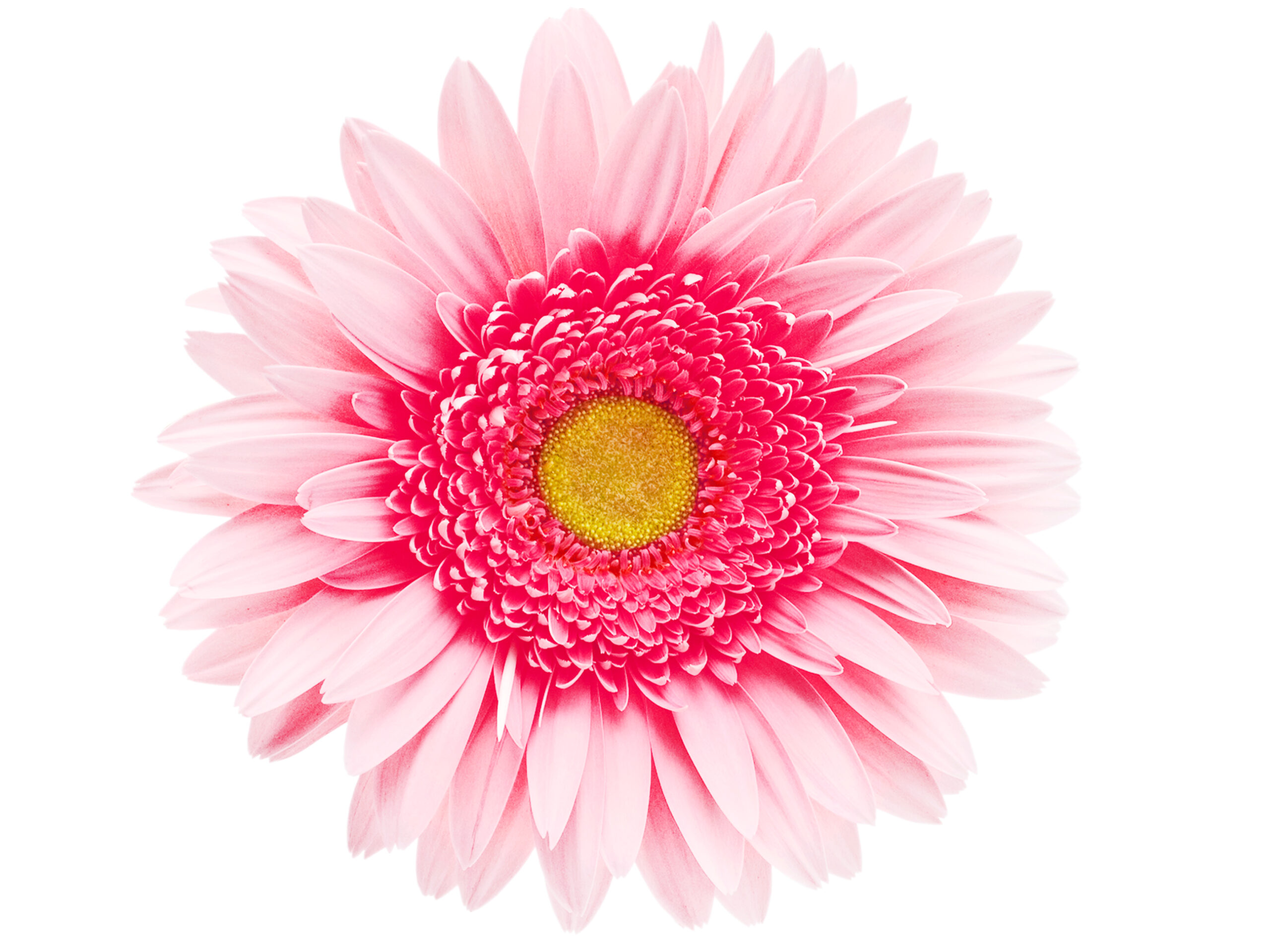Hello!
Today I am visiting my daughter and family in northern Alabama and we stopped at a tulip farm close to her house. This gave me some inspiration to write about when to plant tulips. One of the best-known spring bulb is the tulip. Tulips come in a rainbow of colors and varieties. Tulips are considered a perennial from a botanical perspective, many centuries of hybridizing means that the bulbs’ ability to come back every year has been weakened.
Most gardeners treat tulips as annuals for that reason. They just replant bulbs’ in the fall for the next spring spectacular. Tulip propagation can be a very slow process. Growing a tulip from seed to bloom time can take 5 to 8 years. Tulip bulbs’ make new bulbs’ or offsets from the base of the mother bulb. These bulbs’ are identical to the mother bulb.
Growing tulips from bulbs’ is the most common and easiest way to grow them. Also remember to check your hardiness zone if you want them as perennials. I will discuss the history of the tulip, finding the spot for your tulip garden, When to plant tulips, how to grow tulips and the different varieties of tulips.
History of the Tulip
The original wild or species tulips is in the remote valleys of the Tien Shan Mountains, where China and Tibet come up against the borders of Russia and Afghanistan. There, in one of the most inaccessible places on Earth, over half of the known species of tulips occur naturally. Red is the original color of the tulip.
Persia is where the earliest known historical documentation of tulips and their cultivation first appears. We know that the regal flower was grown there by 1050 A.D., both in the ancient capital city of Isfahan and at Baghdad, the Islamic capital of the time. Tulips along with many other flowers were cultivated in traditional walled gardens called pairedeza, from which our word “paradise” is derived (via the ancient Greeks).
The first recorded tulip cultivated in Europe flowered in the garden of Joseph Heinrich Herwart, near Augsburg, in Bavaria in April 1559. Interest was immediate, and visitors came great distances to see the new flowers firsthand. Tulips were known about in northern Italy around 1550, then tulips were being grown in Vienna by 1572, England by 1582,
Netherlands by 1594 and France by 1598. In England, in 1597, the celebrated herbalist John Gerard wrote of the existence of white, yellow, red, and lilac varieties.
Find the spot for your Tulip Garden
When looking for a spot to plant your tulips, they prefer a spot with full or afternoon sun. If you live in zone 7, 8 or higher chose a shady spot or one that get only morning sun, tulips can’t stand the heat. Tulips like a well-draining soil, neutral to slightly acidic, fertile, dry or sandy soil.
Tulips don’t like lots of water. Too much water and the bulbs’ could rot. If you are planting tulips that get tall, find a spot to protect them from strong winds. When planting the bulbs’, space bulbs’ 4 to 6 inches apart. Make sure you find a large enough spot for your tulip garden. Use a tiller or hoe to loosen the soil to a depth of 12 to 15 inches, then mix 2 to 4 inches of compost in the soil.
When to Plant Tulips
Spring-Flowering bulbs, also known as fall bulbs’, are the first signs of spring color that sprouts first into the garden, late winter or early spring. The best time to plant tulip bulbs’ is in the fall, 6 to 8 weeks before a hard, ground-freezing frost. The bulbs’ need time to establish themselves but planting too early could lead to disease problems. It’s recommended to plant the bulbs’ when the average nighttime temperatures in your area are in the 40 to 50 degrees. Nature didn’t intend for bulbs’ to hang out above the ground, get them in the ground as soon as the temperature is right.
Northern Climate – Plant in September or October
Southern Climate – Plant in December or later
Choose healthy bulbs’ to plant, they should be large with no fissures or signs of black fungus mold or rot on any of the bulb. The bulb should never feel soft, always firm.
How to Plant Tulips
- Plant bulbs’ 6 to 8 inches deep, or about three times the height of the bulb. Dig a hole deep enough to loosen the soil to allow for drainage.
- Set the bulbs’ in the hole with pointy end up. Cover with soil and press soil firmly.
- When planting perennial tulips make sure to feed them a balanced fertilizer in the fall when you plant them. Bulbs have a complete storage system and contains all the nutrients they need for a full year. Use an organic compost or a time-released bulb food.
- If critters are a problem, you can put holly or any thorny leaves in the planting holes. Some gardeners use crushed gravel or kitty litter. If that don’t help you can put the bulbs’ in buried wire cages.
Varieties of Tulips
Single Tulips – These usually have 6 petals cupped variety, the kind most people think of when they hear tulips. They bloom early or late spring and can grow up to 30 inches tall.
Double Tulips – are often called peony tulips because they resemble a peony flower and petals can be as wide as 10 inches. These are very sensitive to the wind and rain, they need to be in a sheltered spot.
Fosteriana Tulips – these are bowl shaped and have petals that are approximately 5 inches wide. Some have stripped leaves, and they bloom early to mid spring. These are some of the first tulips to pop up each year.
Kaufmanniana Tulips – are known for contrasting colors. They open up when it’s sunny and their shape resemble a star but when they close up, their colors are more sensational. They grow approximately 6 to 12 inches high and they bloom in early to mid spring.
Darwin Hybrid Tulips – Developed in the Netherlands. This tulip have large petals and strong stems and can produce blooms for up to five years and grow up to 28 inches tall.
Fringed Tulips – the petals have fringed edges. They can grow up to 3 inches tall. These tulips are mutant, they vary in both height and flowering period.
Parrot Tulips – have unusual colors, large petals and fringed edges. They resemble a parrots’ plumage and have green buds that will show off their colors. Blooms in late spring and can reach 26 inches tall.
Lily-Flowered Tulips – these slender shaped and often with a point, with thin stems that can’t handle heavy rains. They need to be planted in a sheltered location.
Botanical Tulips – these tulips are low to the ground and have a natural look. They bloom as soon as they sprout from the ground. Blooms in early spring. These are sturdy and strong tulips and spectacular when in bloom.
Viridiflora Tulips – these are unique because each contains petals that include some green color and their cup-shaped petals can be up to 3 inches across.
Happy Planting!
I never realized how many different varieties of tulips there were. These are beautiful flowers and can bring in the spring with a spectacular show. I wish tulips bloom time was longer.
Need to know where to purchase your spring bulbs? Click here for 2021 Online Review – Spring Bulbs Sale
Who has tulip bulbs’ planted?
What varieties do you have?
Please leave a comment below, I would love to hear from you!
Cheers!
Chris

The pictures were taken by me at Hubert Tulip Farm in New Market, AL. If you are ever in the area (Northern Alabama), I highly recommend checking it out in mid March.










What a beautiful article. I also wish tulip bloom time was longer . I have learned a lot about tulips from your article. For me truly tulip has just been that, a beautiful flower . I was never aware of the different types of tulips, where to plant them and how to plant them. Growing tulips looks like a delicate process that can not be approached haphazardly.
Thank you for your comments! Tulips are beautiful and the many varieties available now are awesome!
The tulip has an interesting story. It’s actually originally a wildflower growing in Central Asia. It was first cultivated by the Turks as early as 1000AD. Mania in Turkey struck in the 16th century, at the time of the Ottoman Empire when the Sultan demanded cultivation of particular blooms. Then it was imported into Holland in the sixteenth century. And we know the rest.
Thank you for the additional information in your comments.
At easter i was given a pot of tulips,
they’re beautiful and blooming.
since it’s April, and way to early to plant, what should i do with them ?
doxieratter@aol.com
Karen
Hi Karen,
I have a pot of tulips and Hyacinth. I am waiting for the greens to die off and then plant them in the ground somewhere for them to bloom next spring. You can plant them now too and they will bloom next spring. Thank you for your comments.
Never knew there were so many species of tulips! I’d love to get back to gardening when I have the time, money and space. There’s something so refreshing about gardening. Tulips are such a traditional flower and it seems like this is a good guide for just how to plant them! Also, that red lily tulip is absolutely gorgeous.
Hi Christina,
I really like the red lily tulip too! I was amazed when I went to the tulip farm to see all the different varieties. I had a field day just snapping pictures of them all. Thank you for your comments.
Hi Chris, There is interesting fact about Tulip is that there are over 150 species of Tulips with over 3,000 different naturally occurring and genetically cultivated varieties of the Tulip flower worldwide.
As you mentioned in your post that Tulips originated from the Himalaya area.
In the UK, planting of Tulip bulbs should be done between October and November before the first hard frost hits us. The soil should be nice and moist before planting of Tulip bulb.
Thanks for sharing very detailed post about Tulip and different varieties of Tulip with us.
Hi Bushra,
Thank you for your comments. We also plant tulip bulbs in the fall in the US. I plan on getting a bunch of different tulip varieties. I will probably get some other spring blooming bulbs too!